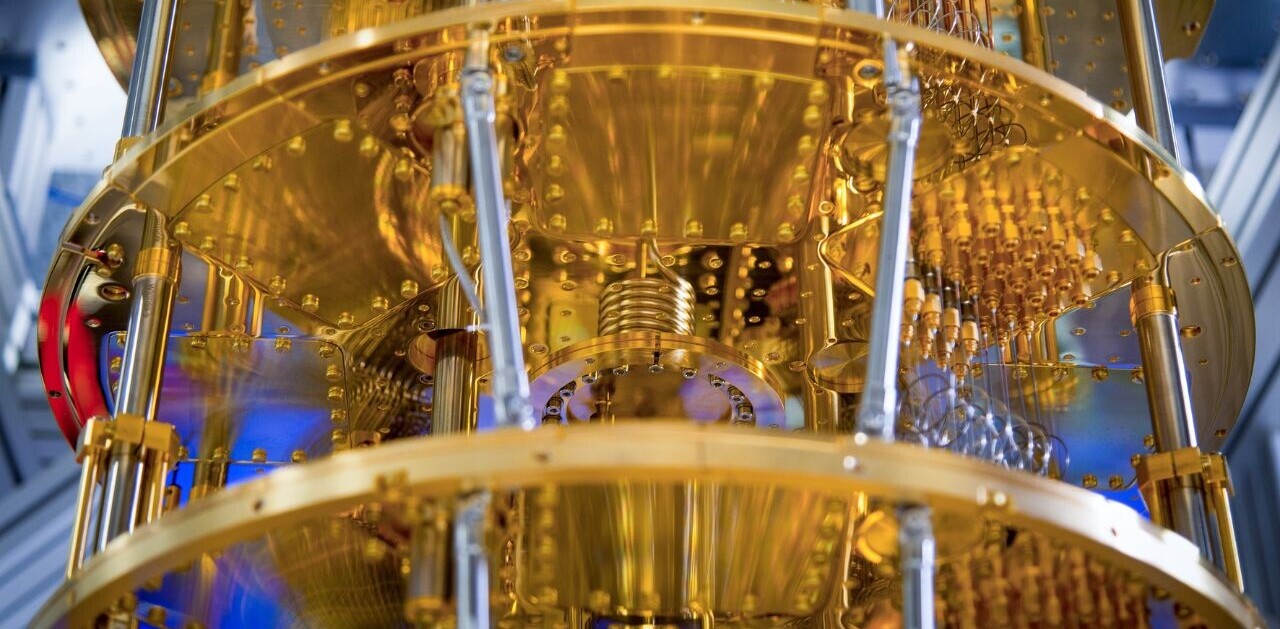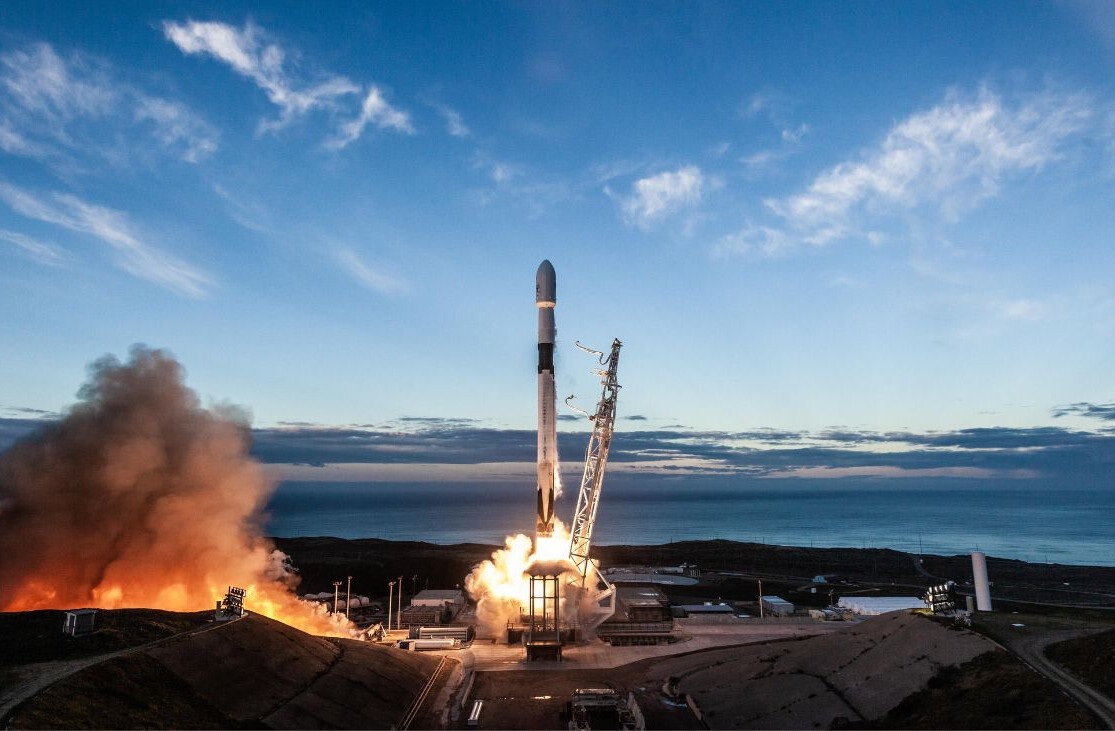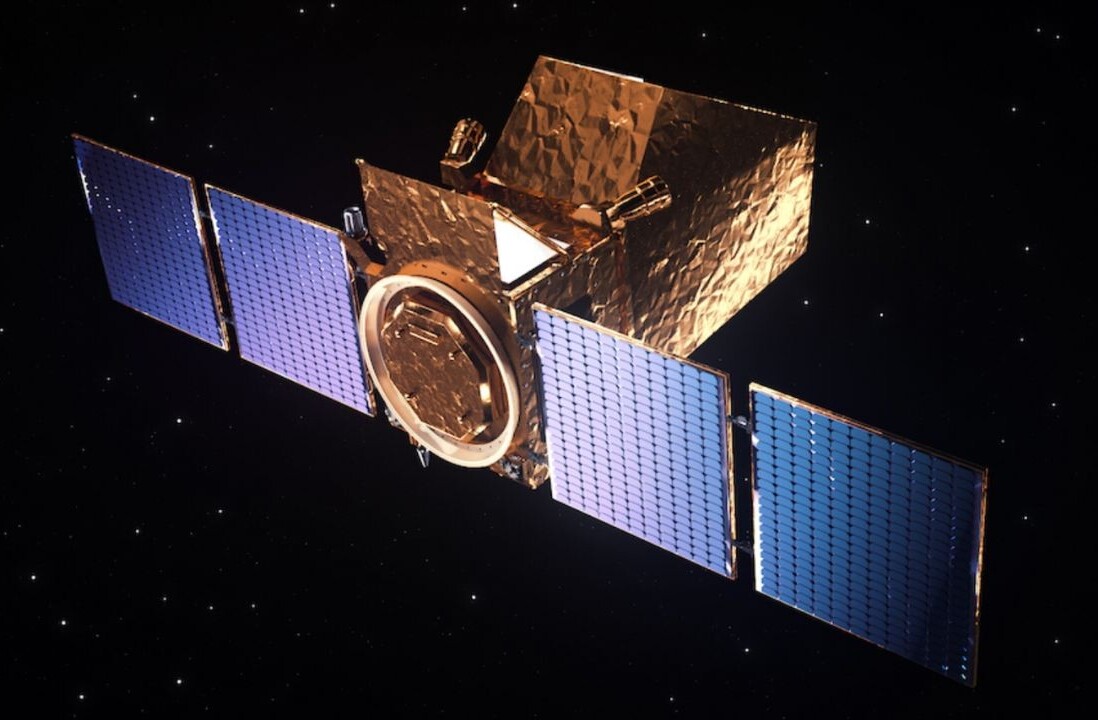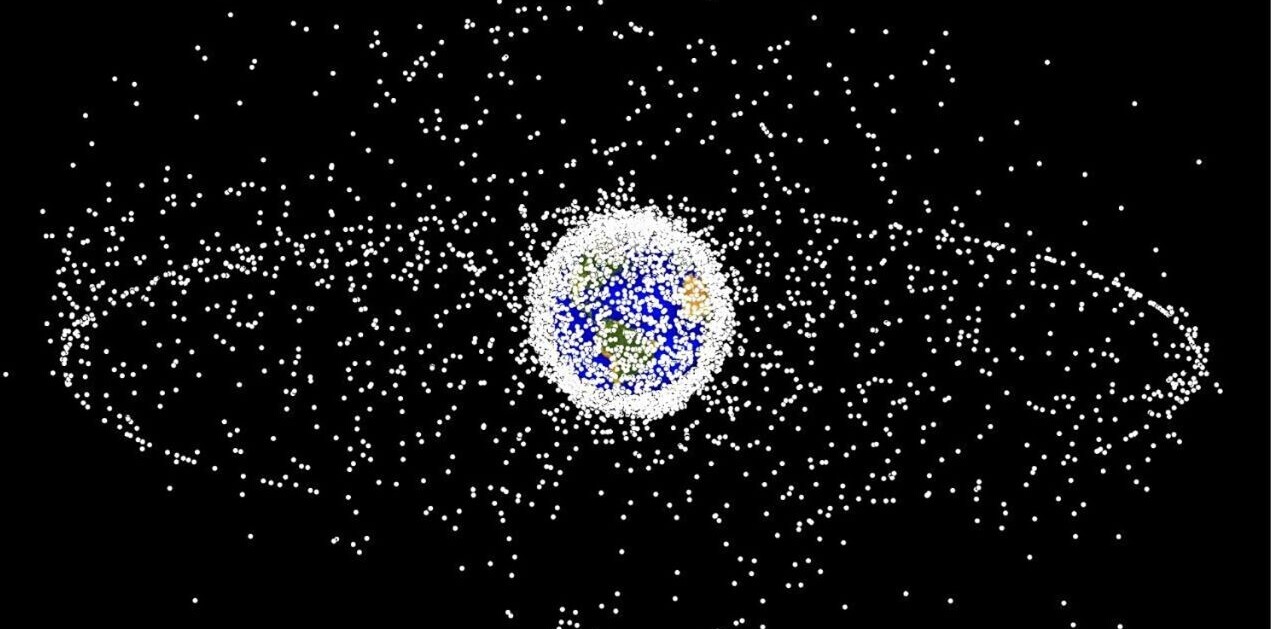SpaceX and NASA are working together to blow up a rocket over the Atlantic Ocean. The experiment, called an in-flight abort test, will likely lead to the destruction of a Falcon 9 rocket in what SpaceX is referring to as “rapid scheduled disassembly.”
That test was supposed to happen this week but has since been pushed to January 18 to allow “additional time for spacecraft processing,” NASA said earlier this week. The test intends to demonstrate that the Crew Dragon spacecraft has a capable emergency escape system. Once proven, NASA is expected to give the final thumbs-up to allow the craft to begin ferrying astronauts back and forth to the International Space Station.
A Falcon 9 rocket carrying the Crew Dragon is expected to launch from Florida’s Kennedy Space Station. It’ll fly for 88 seconds before SpaceX initiates the test. From there, SuperDraco engines will propel the Crew Dragon away from the rocket, where it will parachute to an ocean landing.
Once the Crew Dragon and Falcon 9 separate, the latter is expected to explode approximately 31 kilometers (19 miles) from the test site. Engineers hope the experiment ends in a fiery explosion for the Falcon 9, as it would consume any remaining fuel before the rocket lands in the ocean. But there’s a chance this may not happen. SpaceX estimates that there’s a less than one percent chance the rocket would fall to the water intact. If it does any remaining fuel could be consumed by an even bigger explosion caused by the impact.
The Falcon 9 booster is expected to break apart following the abort. The debris is anticipated to fall into the area shown below. SpaceX intends to recover all floating debris. pic.twitter.com/DL1VD6m6IL
— SpaceXFleet Updates (@SpaceXFleet) December 14, 2019
SpaceX says it plans to recover all floating debris.
It’s not the first rapid unscheduled disassembly for SpaceX. It is, however, the first that will be on purpose. A leak last year caused one of the capsules to explode unexpectedly during a ground test last year.
If you want to witness the spectacle, both NASA and SpaceX are expected to offer live video streams at 8am ET on January 18.
Get the TNW newsletter
Get the most important tech news in your inbox each week.






